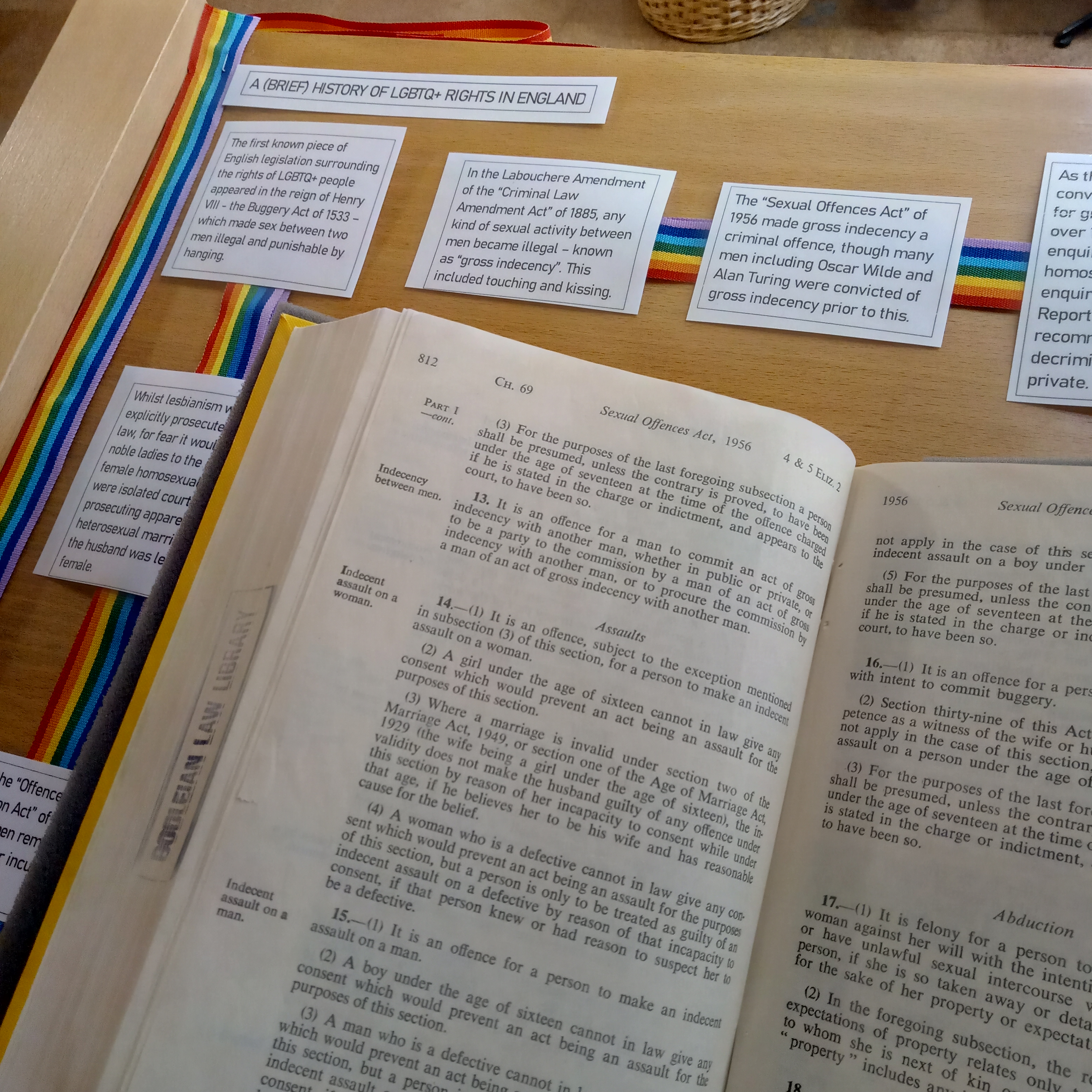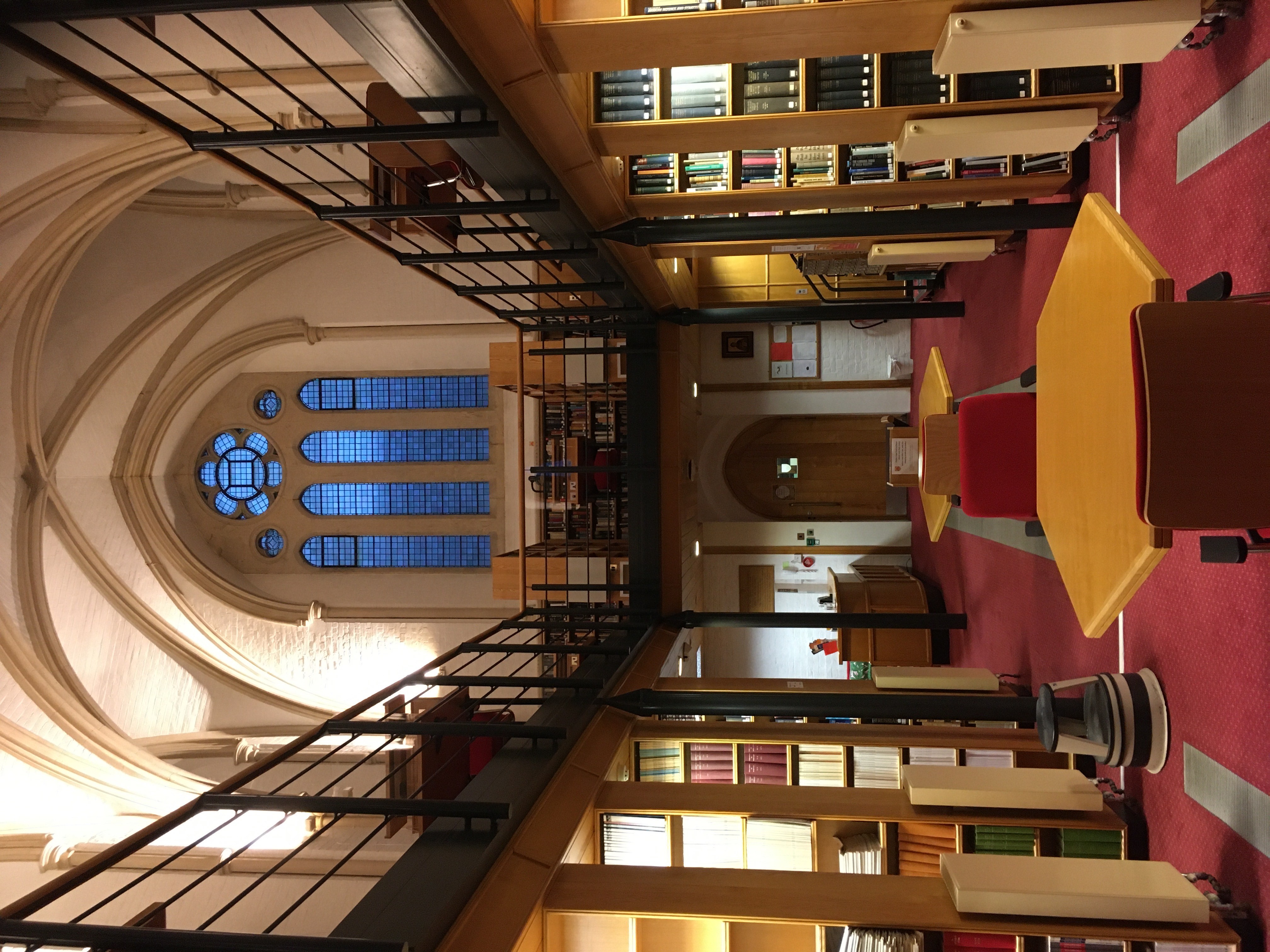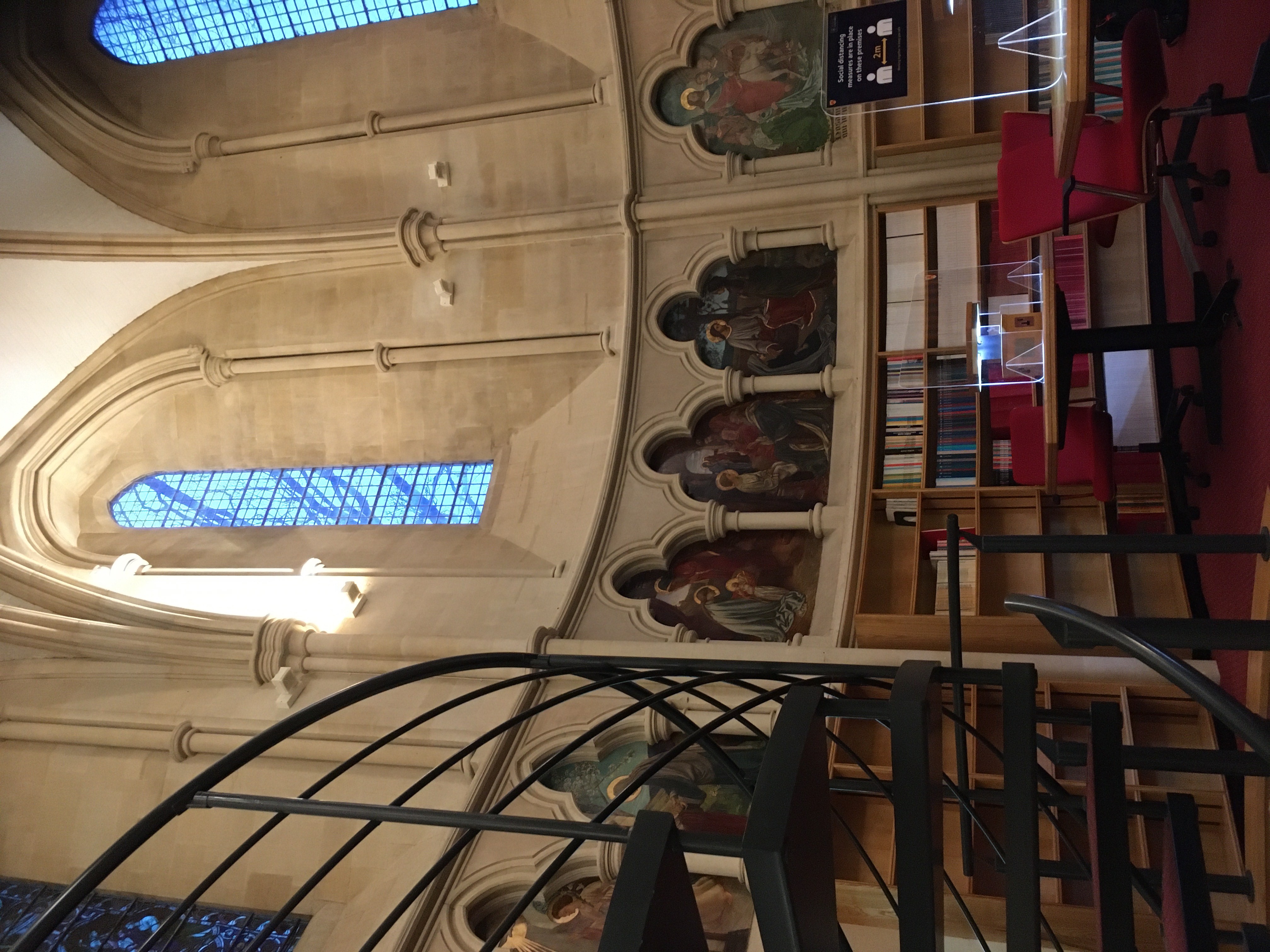*Posted on behalf of Eleanor Winterbottom, the Library Apprentice at St Antony’s College Library*
Thursday 10th March 2022
Although I may not be a graduate library trainee, as a library apprentice my average working day is very similar to the graduate trainees in terms of structure and daily tasks. However, if you have read the other “Day-in-the-life” blogs you will understand by now that every college in Oxford is unique in its own little ways, and each library has its own system and “house-rules” that it applies in practice. Here is a day in my life as an apprentice library assistant at St Antony’s College.
9:00 – 9:30
St Antony’s College Library is open 24/7, so Aimee (the Librarian) and I never have to really “open-up” the library in the mornings. Usually when I arrive by 9:00 there are already some eager readers sat at their desks! I do though have a list of preparatory tasks that I complete each morning. If I am in before Aimee I will turn on the lights in the library office and open the blinds, before making my way down to the basement stacks to make sure the lights are all working and that no one has gotten themselves stuck between the book stacks (luckily this hasn’t happened on my rounds yet!) I will then walk the library and the Gulbenkian Reading Room (a study space which is also open 24/7), making sure there is enough ventilation, tidying desks and chairs and checking that there are no personal belongings left lying around, before collecting any books from the returns box. When Aimee arrives I will have a chat with her about any meetings, events or visitors we have scheduled during the day, before heading to my desk in the main reading room and writing myself a to-do list.
9:30 – 10:30
The first tasks that I do on any given working day is check and action any emails and go through the daily holdings report to see if any books have been requested by readers. There are no new holdings requests today, so I don’t need to worry about that. I then process all the returns, flicking through each book to check for bookmarks and put them on the trolley ready for shelving. Today is the due date for books currently out on loan so I have a lot to get through!

10:30 – 11:30
Once I’ve finished the returns I get cracking on with any other tasks that need doing. Today I have a small pile of new books leftover from the day before that need to be processed, so I attach them to the correct bibliographic records on Aleph, choose an appropriate Library of Congress class mark for them (which can take a while when every library classifies something differently!) and stamp them before adding a spine label and putting them on the shelving trolley, while adding a couple to our New Books Display. The maps of the college that we have on the issue desk are a bit crumpled and one has some water damage, so I recycle them and replace them with new ones, and I remove any out of date posters and notices from the notice board.
11:30 – 12:30

I am usually working on a long-term project that I do alongside my daily tasks. My current project is going through the library’s literature section and adding them to the library catalogue. This section has not been a priority in the past, as literature is not really a subject covered at St Antony’s, but it would still be useful for the collection to be on the catalogue so that the students are aware it is there if they are interested. While working on this project we receive an email from the KB Chen China Centre Library, who are interested in acquiring some of our journals that are up for donation. The project I completed in Michaelmas term was going through all of our physical journals and periodicals and checking to see which ones are fully available online and in other libraries, so that we can consider donating them to make space for resources that are more likely to be of use to our students. I head down to the basement stacks to select the requested journals and email the CCL to let them know I will bring them round in the afternoon.
12:30 – 13:30
Lunch time! St Antony’s has a communal dining hall so staff, students, fellows and faculty all sit together. The noise is a strangely refreshing break from the quietness of the library, and it’s a good chance to catch up with colleagues over a plate of delicious hot food. As St Antony’s is a particularly international college the food reflects this, and we are lucky to get a choice between three hot meals of varying cuisine, sides, salad and fresh fruit! Before heading back to the library I pop into the lodge to check if any post has been delivered. No book deliveries today, but we do have some new journals that will need to go on display.
13:30 – 14:30
After lunch I head over to the KB Chen China Centre Library with the requested journals. This is my first time visiting this particular Bodleian library, so Minh, the librarian, kindly gives me a guided tour! When I return to St Antony’s I process the new journals and add them to the display in the main reading room. We insert pink slips into the latest edition, asking people to note when they use the journals so we can collect the data for our statistics. I take the opportunity to check if any new usages have been added and add the data to the statistics.

14:30 – 17:00
As there are no new books to be processed and it is a quiet afternoon, I spend the last couple of hours of my shift doing work for my apprenticeship. This involves a number of different things, including working on my written assignments, writing up my reflective logs on my progress and what I have learnt so far, as well as reading and research. I do this at my desk in the main reading room, so I am always juggling this with enquiries from readers who need help with printing, finding specific texts or greeting and having a quick chat with our regulars! At 5pm my work day is finished, and I pack up my desk, say goodbye to Aimee (who always works later than she should!) and head home. I’m looking forward to tomorrow where I will be meeting the graduate trainees after work at G&D’s for ice-cream!










Recent Comments